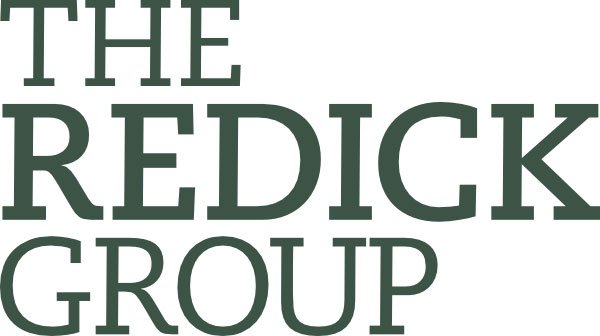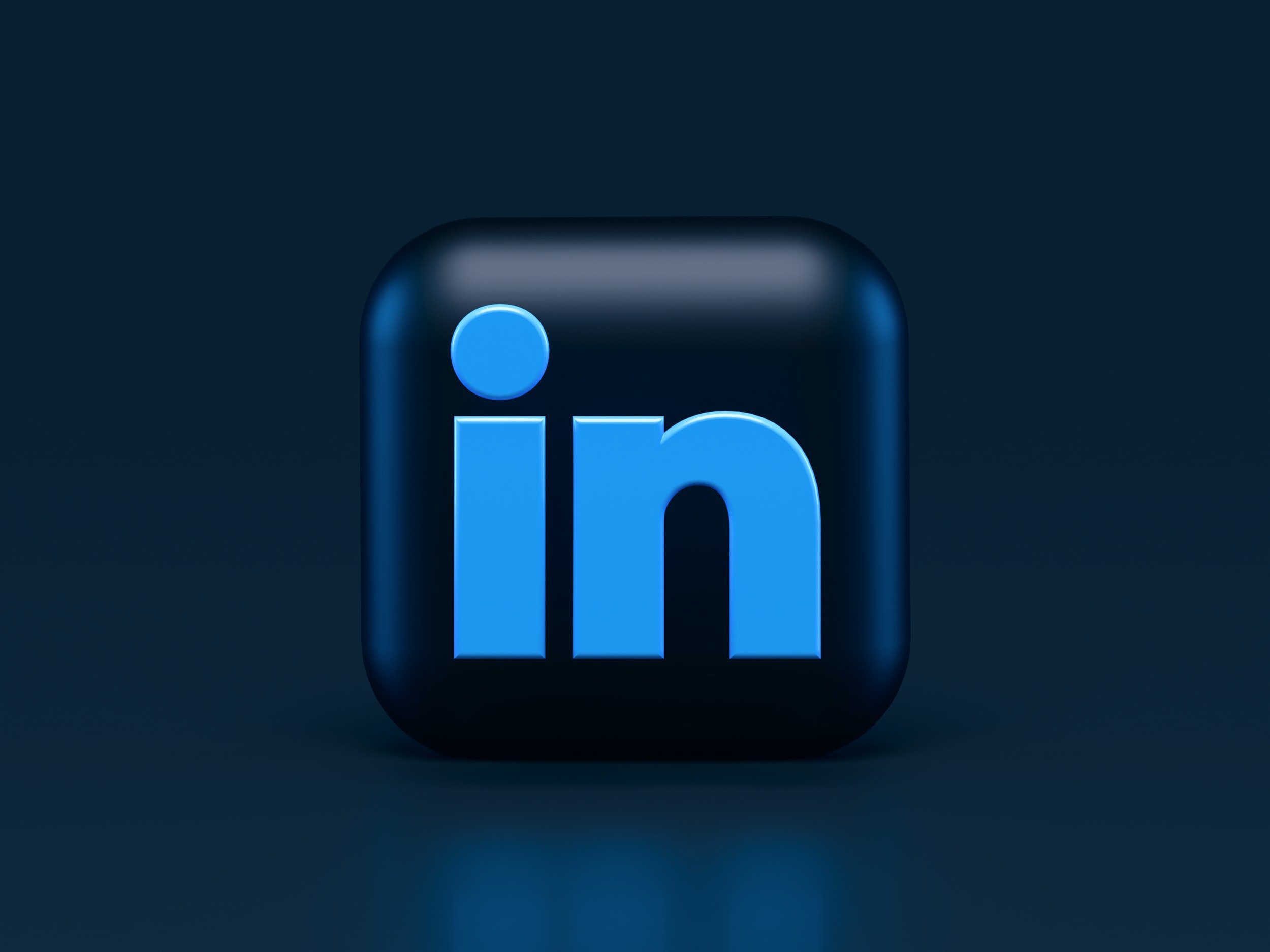LinkedIn Module 1 of 3
Imagine that your LinkedIn profile drew passive interest in you as a candidate for your ideal role. I recently got a text from a client nine months after we finished his project. He was on the JFK tarmac on his way to SFO and wasted no time getting to the point:
"You were right; I'm their purple squirrel!"
His new role was later announced on Fortune.com.
My point isn't whether or not you're a purple squirrel, a recruiting term used to identify a rare kind of candidate; rather he was a passive candidate, we’d spent loads of effort sizing and telling his story, and he was ultimately found for "his ideal job" by being well-positioned on LinkedIn.
With that reminder of the unique importance of LinkedIn, it's time to turn part of our attention to your LinkedIn profile so you can become a target of acquisition whether you're planning to conduct a passive, aggressive, or stealth job search.
As a private client, your LinkedIn Overhaul includes:
LinkedIn Module 1 of 3: Profile Principles & Settings (downloadable below)
LinkedIn Module 2 of 3: Sections, Connections & Technical Tidbits (tutorial w/custom elements, delivered via email by the end of your project)
LinkedIn Module 3 of 3: Public Copy Treatment (developed together alongside your resume, with focused development during Phase 3; questionnaire downloadable in a separate post)
The modules are paced sequentially; developed and delivered by me and/or both of us together; and then uploaded on LinkedIn by you.
Jot down questions as you go through this process. You’ll have the option to schedule a 30-minute coaching session (link delivered later) once you've finished all three modules.
So, let's kick things off!
Download and locally save your "LinkedIn Questionnaire." We'll stay on track if you deliver your answers to me before our fourth live work session. We'll use your answers to ideate, draft, and finish your LinkedIn About Section together based on your questionnaire answers and your master resume.
Download and locally save LinkedIn Module 1 of 3: Profile Principles & Settings. This is a self-guided tool that you can start working through right away.
I'd prioritize the LinkedIn Questionnaire, and then complete Module 1 of 3.
My LinkedIn philosophy:
Resumes have a relatively predictable and discrete audience, presuming you don't plan to upload it to Monster.com or the ilk, which I don't recommend in most cases. (I blogged a warning here about that approach.)
Indeed, LinkedIn can be seen by anyone who cares to check you out—each with his or her own reason—so we'll operate from a broad use case instead of viewing your online story as an online resume.
Writing "above" a career:
Unlike a resume, which can be tailored and tuned to the expectations of individual audiences, a LinkedIn profile must resonate with a broad audience. Your audience—whether in business or in job-seeking—needs to see you through their lens. Our task now is to develop your story with your primary and secondary audiences in mind. (More in the questionnaire.)
Sanitizing copy:
In the same spirit of intention and discretion, we must not only be sure that proprietary information doesn't appear in your resume, but ensure that potentially competitive information doesn't end up in your LinkedIn profile. Today's corporate researchers (aka corporate espionage) can brilliantly piece data together to make competitive assumptions about a company, based in part on the details employees share on their LinkedIn profiles.
We'll make sure your profile is properly balanced, without giving away a stitch of competitive information.
Keeping your power:
The copy that winds up in your customized version of "LinkedIn Module 3 of 3: Public Copy Treatment" will be largely scrubbed of quantitative selling points from your background; a sharp departure from what you experience with me in developing your resume.
Why?
Because much of what we're presenting in your resume is marketing-oriented and intended for a relatively small, predictable audience (e.g., recruiters, HR leaders, company leaders and SMEs, boards, hiring committees) that is ostensibly within your control. Or at least within your scope of intended readers.
No surprise, sending your resume makes it inherently clear that you're open to or looking for a new job. If you're employed and conducting a stealth job search, we'll want to keep that impression dialed back.
So LinkedIn needs to be written as if you're happy in your current position. A team player just updating your LinkedIn profile for the purpose of doing business. (Interestingly, clients have actually begun doing business through LinkedIn as a result of this strategy, which is why I now call this "LinkedIn for Business." It has become a virtuous circle.)
Your resume sells you. Your LinkedIn profile presents you as someone standing in your professional center.
RELATED: Your LinkedIn Profile Might Be Giving Away Trade Secrets
Being in control:
Finally, we need to control your story. If you leave your LinkedIn profile vague—or worse, blank—people are left to their own assumptions. They will fill in whatever blanks they wish without you controlling your own narrative.
I'll watch for your answers! Reach out if you run into any questions.
Jared
About Jared
Jared Redick is a San Francisco-based career transition coach, executive résumé writer, and brand development consultant—helping professionals and professional services firms position themselves for what's next.

